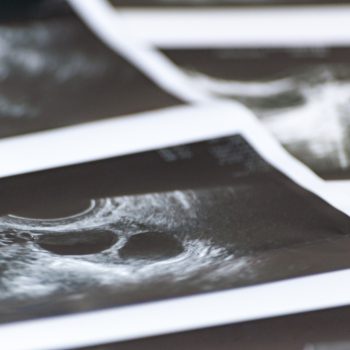Although most of the modern contraceptive pills contain estrogens (female hormones) in very small quantities, many women who use the pill even today as a contraceptive are at risk of developing thrombosis.
Beware of the pill
Contraceptive therapy is the leading cause of thrombosis in young women. The risk is higher during the first year of use (one in a thousand cases per year), particularly for women who use the “third generation” pill (which contains desogestrel or gestodene), and for women who have a genetic predisposition to thrombosis.
Inform the doctor and undergo checks
“The gynecologist – explains Lidia Rota, president of ALT Association for the Fight against Thrombosis and responsible for the Thrombosis Center at Humanitas – should check if there were previous records of thrombosis in the family, an important indication of a genetic alteration of coagulation factors. It is also useful to carry out all the control tests every year”.
In menopause
Hormone replacement therapy in menopause also increases the risk of venous thrombosis and is not so sure that it brings any advantages in terms of prevention of arterial thrombosis. The results of the most recent investigations actually indicate an increase in cardio and cerebro-vascular risk in some specific subgroups of women with prothrombotic or other risk factors, especially during the first year of therapy.
The first case
Thrombosis was first related to the use of the pill by Jordan in 1961: he described a case of a nurse who developed pulmonary embolism after starting hormone therapy containing mestranol in order to treat endometriosis. It was later confirmed that estrogens increased the risk of thrombosis both in women using contraceptive pill, and in women using hormone replacement therapy to ward off menopause.
Estrogens can increase the risk of thrombosis in other subjects too. Other individuals at risk are men, using estrogens in an attempt to reduce the risk of coronary heart disease, or in trans women who are undergoing gender reassignment therapy.
A risk that increases with age
Venous thrombosis affects 1 to 3 people in a thousand every year. It is not frequent in young people and becomes more likely as we get older. It usually manifests in the legs, at the level of the deep veins, but it can also occur in the arms, in the cerebral venous circle, in the liver, in the portal circle, in the veins of the retina. When thrombus fragments are detached, they circulate in the blood, thus they can reach the pulmonary arteries and cause pulmonary embolism.
Edited by Lucia Giaculli










